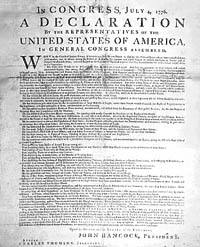Broadsides
These were the very earliest of posters often used for public announcements and government notifications. They appear textually heavy and were printed on one side only. Informative by text rather than by design. Designed to have a short term impact, this is known as design ephemera.

Poster Development
As techniques developed, posters began to be more artistic. There was a need for big, bold type to draw attention into the posters so that they could be read from a distance. Metal typefaces could not be made large enough to print these big, bold letters so wood typefaces were used as a printing alternative. Wood type did not have the same resilience as metal but it satisfied the pressure for larger type and it was also far cheaper and lighter.
This was then followed by the development of lithographic posters and then colour lithographic. A technique whereby a greasy crayon image is layered onto limestone, and then the image is offset onto paper.

French Posters
The Belle Epoque (Beautiful Era) was the name of a period of financial growth in France. Many lithographic posters were created during this era and therefore illustrators names became more recognised Jules Cheret was a well known french artist and painter. He created many posters in the Belle Epoque style. He developed the chromolithography (colour lithography) technique and creates scenes of Parisian cafes, nightlife and theatres.
European Posters
Alphose Mucha was one of the more well known European artists who is known for his illustrations of women in an art nouveau style.



No comments:
Post a Comment